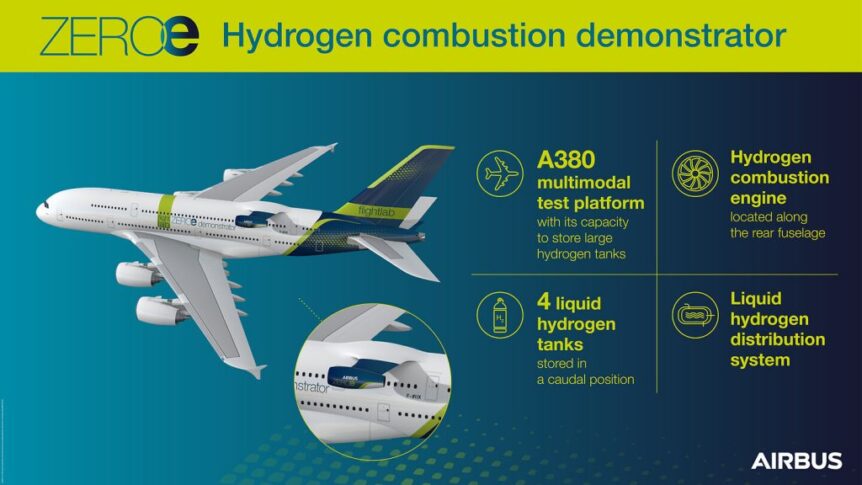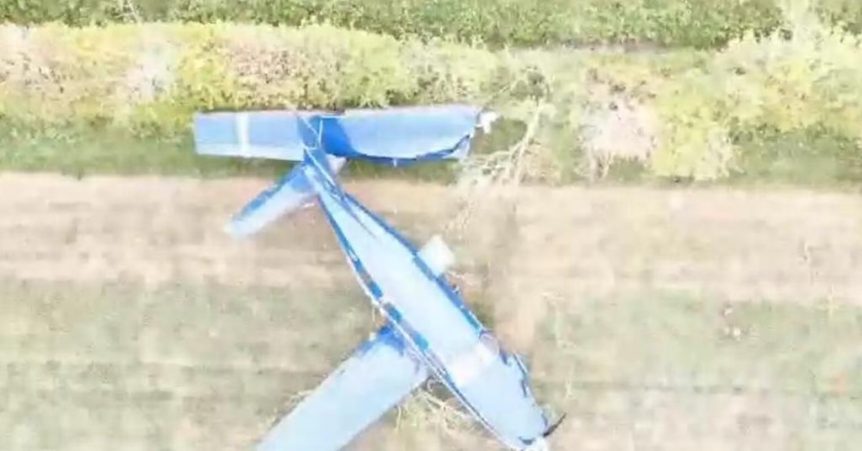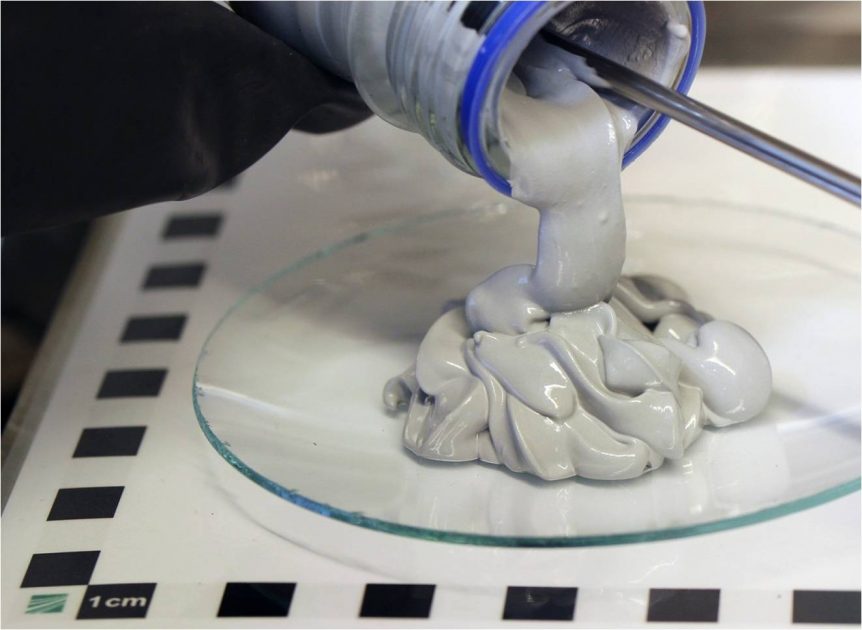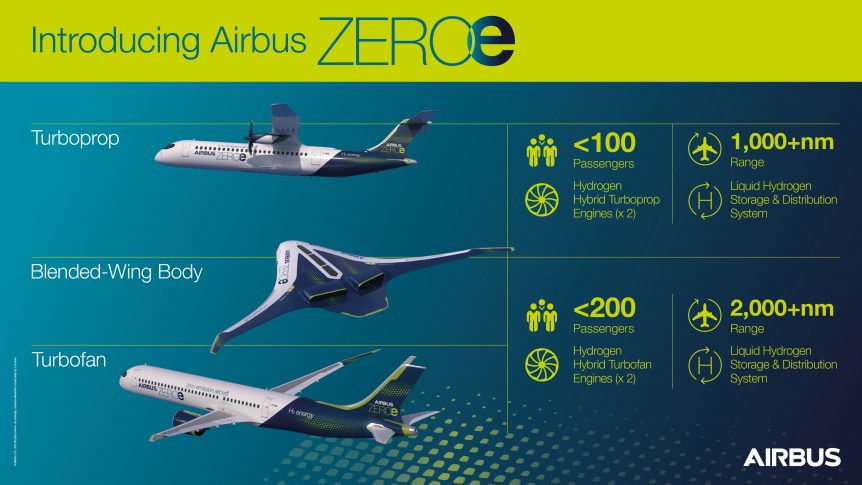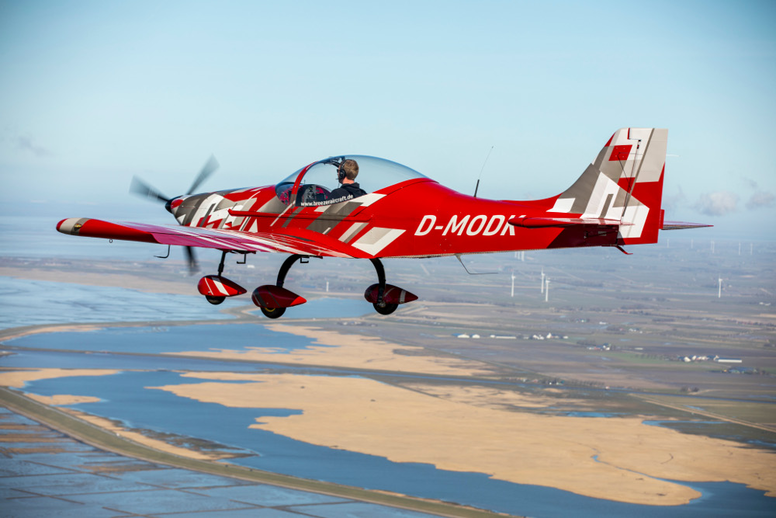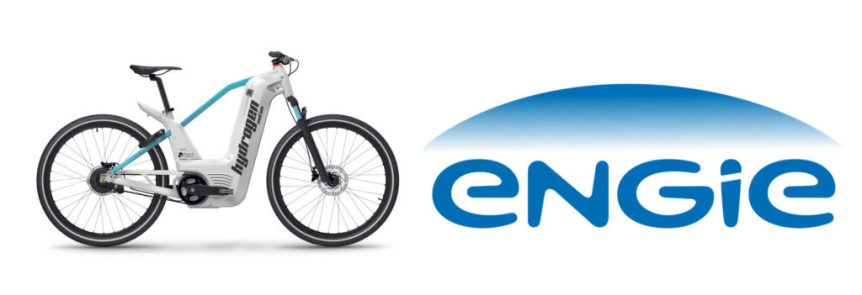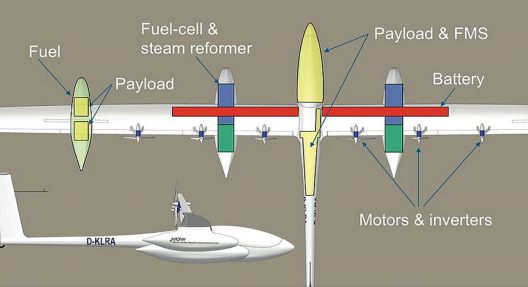Jeffrey Engler has headed up Wright Electric for the last decade, working to provide efficient motors, inverters and overall power systems for airliners. Now, his firm is working to develop those airliners. From a startup in 2016, looking for a single-engine light aircraft to convert to hybrid power, Jeffrey has grown Wright to a recognized force in future flight. Presenting a mission statement and schedule for the next eight years, Wright has ambitious, but reasonable plans. Currently, Wright is testing a two megawatt motor and inverter, “Collaborating with NASA, U.S. Department of Energy, and U.S. Department of Defense.” Testing will continue through 2023. The firm predicts it will be flying its Wright Spirit between the busiest “city-pairs” in the world by 2026. The Spirit, a BAe 146 converted to electric power, will connect paired destination such as, “Seoul-Jeju, London-Paris, Rio de Janeiro-São Paulo, and San Francisco-Los Angeles.” “Wright’s goal is to make all single-aisle flights shorter than 800 miles zero-emissions,” …
Airbus and CFM: Flying on Hydrogen Power by 2035
Airbus and engine maker CFM International have signed a partnership agreement on a hydrogen demonstration program that could see commercial flights by 2035. CFM is a 50/50 joint company between GE and Safran Aircraft Engines. The team announced its intentions in an hour-long introduction on February 22, with members from the companies explaining the goals of the project. A view of what they intend to do with Airbus 380 serial number one gives a view inside the cavernous craft. As pointed out in a Green Car Congress article, the main objective is to develop and flight test a direct combustion engine fueled by liquid hydrogen. The Biggest Test Bed ZeroAvia seeks to get a 20-passenger liner in flight by 2024 and scale up to a 200-seat craft with 3,000 mile range by 2035. Jeff Engler’s Wright Electric is working on a BAe 146 with short-range aspirations for its 100-passenger, hydrogen fuel cell or aluminum cell-powered airplane by 2026. (We will …
ZeroAvia’s Malibu in Off-Airport Incident
We share this press release from ZeroAvia to allay any rumors or misinterpretations as to what happened May 1 on a test flight of ZeroAvia’s Piper Malibu. The aircraft was damaged in an off-airport landing, but everyone on board managed to exit the craft safely and carried out safety protocols. The incident will doubtless be thoroughly investigated by ZeroAvia’s team and by the United Kingdom’s own Civil Aviation Authority. ZeroAvia Off-Airport Landing Review 1 May, 2021, 08:00 BST On April 29th, 2021, ZeroAvia’s R&D aircraft made an off-airport landing just outside Cranfield airport perimeter during a routine pattern test flight (logged as ZeroAvia Test 86, and the 6th flight in this flight testing segment). The aircraft landed normally on its wheels in a flat grass field and almost came to a stop, but was damaged as it caught the left main gear and wing in the uneven terrain at the end of the field at low speed. Everybody involved is …
Hydrogen as a Goop? Fraunhofer’s Powerpaste
Not Gwyneth Paltrow’s Goop What if a different approach to storing hydrogen as a fuel gave benefits that are easily disbelieved? Would this new fuel find approval and widespread adoption? Ask the Fraunhofer Institute for Manufacturing Technology and Advanced Materials (IFAM) in Dresden, Germany. The Institute has come up with something called Powerpaste, claimed to be, “A safe way of storing hydrogen in a chemical form that is easy to transport and replenish without the need for an expensive network of filling stations.” (Fraunhofer describes the paste as a “goop,” not to be confused with the very different fluids marketed by Gwyneth Paltrow under the “Goop” trade name.) We’ve seen hydrogen flying for several decades, with Michael Friend leading a Boeing project to launch the first fuel-cell powered craft in 2008 and Gérard Thevenot flying his H2 fueled “trike” across the English Channel in 2009 using only 550 grams per hour on his crossing, which took a little over an …
ZEROe on the Rise at Airbus
ZEROe Airbus, taking a new direction, announced that they are, “Exploring game-changing concept aircraft – known as ZEROe – powered by hydrogen, a disruptive zero-emission technology with the potential to reduce aircraft emissions by up to 50%.” Two seem to be evolutionary, employing a different fuel and powertrain within fairly conventional airframes. The third, a blended-wing body (BWB) structure, emulates Boeing’s and NASA’s BWB. All three, though, employ hydrogen to meet the planet’s need to reduce or eliminate carbon dioxide and other emissions. All three use hydrogen hybrid power systems. The International Civil Aviation Organization (ICAO) in a 2019 report looked at the different electric and hybrid systems available. The organization included a factor examined before in this blog. “The climate benefits of electric aviation may come not only from its reduced CO2 emissions, but also from the elimination of contrails – the long, thin clouds that form in the wake of jet engines2. Although no scientific consensus exists on …
APUS Introduces Two Zero Emission Craft
We’ve written several times about structural batteries in this blog, from Dr. Emile Greenhalgh’s early research at Imperial College to more recent efforts along the same line. Interestingly, the basic idea remains very much the same over a decade. Energy storage would take place in a monocoque-type structure that could use carbon fiber, fiberglass, and even graphene as a structural material, while acting as a battery. Now some of this thinking is being applied to hydrogen storage in wings. “TubeStruct™” APUS, an aircraft design, structure and certification operation in Strausberg, Germany, offering a full range of services including flight training. They recently announced two new craft, both featuring hydrogen fuel systems contained in a novel “… patented structurally integrated hydrogen storage system, known as TubeStruct™.” In the shadow drawings of the airplanes, the tubes appear as though they could double as redundant wing spars. The i-2, a four-seat Normal-Category (CS-23) aircraft; and “The APUS i-6 is a technology demonstration platform …
Hydrogen Instead of Batteries?
As battery makers worldwide strive to develop safe, high-energy-density cells, Breezer Aircraft, a German small-aircraft manufacturer, unveils plans to power one of its ultralights with a hydrogen fuel cell. Breezer’s B400-6, receiving 600kilogram certification by the DAeC (German Aero Club), is light enough to enable a small fuel-cell-motor combination to power it. Usually powered by the ubiquitous Rotax range of engine, an electric version will initially to be driven by batteries, and then powered by a hydrogen-fuel cell. eCap and Re-Fire eCap, a German company specializing in systems integration and installation for a diverse range of classic and modern vehicles, will work with Breezer on the first installations. eCap’s demonstrated ability to convert everything from an antique farm tractor and classic cars (including a DeLorean) to modern buses and delivery trucks shows their range. Employing state-of-the-art technology and techniques such as reverse engineering leads to 3D CAD models from which ECap develops prototypes. Perhaps most important, “eCap works completely independently of …
Pragma Triples Kilometers on Hydrogen Fuel-Cell Bikes
Six years ago, we ran a story on hydrogen fuel-cell powered bikes that could travel limited distances, and used canisters of fresh hydrogen to quickly replenish the bike’s energy. Pragma Industries has introduced a much-improved version of that bike, with range up to 150 kilometers (93 miles). A pedelec (the motor kicks in when the cyclist pedals), the bike has a unique look and a compact propulsion system. The system consists of a Brose 36 Volt motor, a 150 Watt PEM (Proton Exchange Membrane) fuel cell, and 150 Watt-hours of lithium-ion batteries in the bike’s down tube. Pragma has a large amount of material on its technologies, including a helpful explanation of fuel cells and their operation, and a great collection of scientific papers on fuel-cell related topics. Business Insider reports, “The firm’s Alpha bike runs for about 100 km (62 miles) on a two-liter tank of hydrogen, a range similar to an electric bike, but a refill …
UMass Lowell Puts Hydrogen in a Canister
One problem with recharging electric vehicles is finding a charging station on the road. Electric vehicle makers provide GPS clues on their moving map displays, and electric pilots will doubtless have markers for fields with appropriate facilities for our future E-flyers. Researchers at the University of Massachusetts at Lowell may have done an end run around that problem, though. Their “new technology uses water, carbon dioxide and the metal cobalt to produce hydrogen gas on demand at a relatively low temperature and pressure.” The hydrogen produced goes directly to a fuel cell which generates electricity and powers the EV’s motor, rechargeable battery and headlights. When the canister that contains the H2 is empty, the driver can swap it with a “full” one. The researchers haven’t shared a great number of details, but we can guess the volume and weight of the canisters based on similar applications on the Pipistrel H4 and e-Genius, the much tested first and second-place winners, respectively, …
Little Green Beads to Power Your UAV or Ultralight
January 19 marked the first flight by a Raptor UAS drone using pelletized hydrogen to power a fuel cell that generates electricity and makes the propeller turn. Energy Pellets Cella Energy, a Scottish-based enterprise, is now producing small quantities of their little green beads (just in time for Mardi Gras), filled with solid-state hydrogen. Claimed to have “two or three times” the energy per weight of the best of lithium-ion batteries, Cella’s pellets are designed to enable low-pressure transportation of hydrogen in a form that allows fueling to take place with a bit of magic sleight of hand. Looking like miniature green dumplings, Cella’s mix of plastic and encapsulated hydrogen has the advantage of using existing infrastructure, “with minimal alterations.” Think of the pellets as a dumpling with a hydrogen filling which can be repeatedly extracted and refilled. How many refillings is not stated at this time. Recycled Energy The pellets release their hydrogen into a fuel cell when they are …
- Page 1 of 2
- 1
- 2


